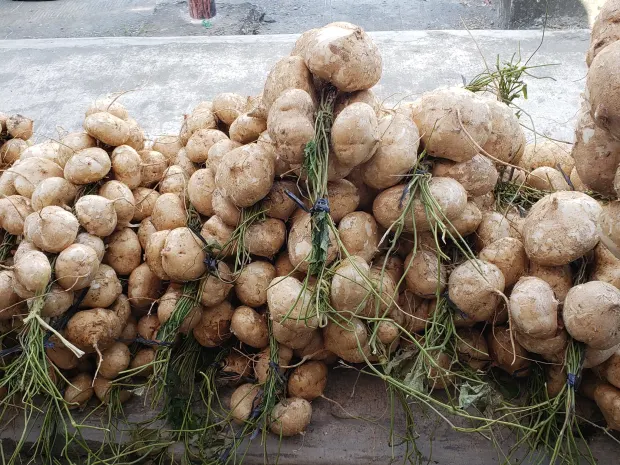Tuber crops hold a significant place in global agriculture, serving as staple foods for millions of people worldwide. Among these, yam stands out as one of the most important and widely consumed tuber crops, particularly in Africa and parts of Asia. However, yam is just one member of a diverse family of tuber crops, each with its own unique characteristics and culinary uses.
Yams, known for their starchy texture and earthy flavor, are a staple in many African cuisines. They come in various varieties, including white yam, water yam, and Chinese yam, each with its own distinct taste and nutritional profile. Rich in carbohydrates, yams provide a valuable source of energy and are often used in dishes such as yam fries, yam porridge, and pounded yam.
In addition to yams, other tuber crops play vital roles in global agriculture and cuisine. Sweet potatoes, for example, are widely cultivated in regions such as the Americas, Africa, and Asia. These tubers are prized for their sweet taste and versatility, lending themselves to dishes ranging from sweet potato pie to savory curries.
Cassava, another important tuber crop, is a staple food for millions of people in tropical regions. Cassava tubers are rich in carbohydrates and can be processed into various products, including flour, starch, and tapioca pearls. This versatility makes cassava a valuable crop for food security and economic development in many countries.
Other lesser-known tuber crops include taro, potatoes, and Jerusalem artichokes, each with its own unique flavor and culinary applications. Whether mashed, roasted, or fried, tuber crops offer a diverse array of flavors and textures that contribute to the rich tapestry of global cuisine. As such, these humble yet essential crops deserve recognition for their invaluable contributions to food security and cultural heritage worldwide
